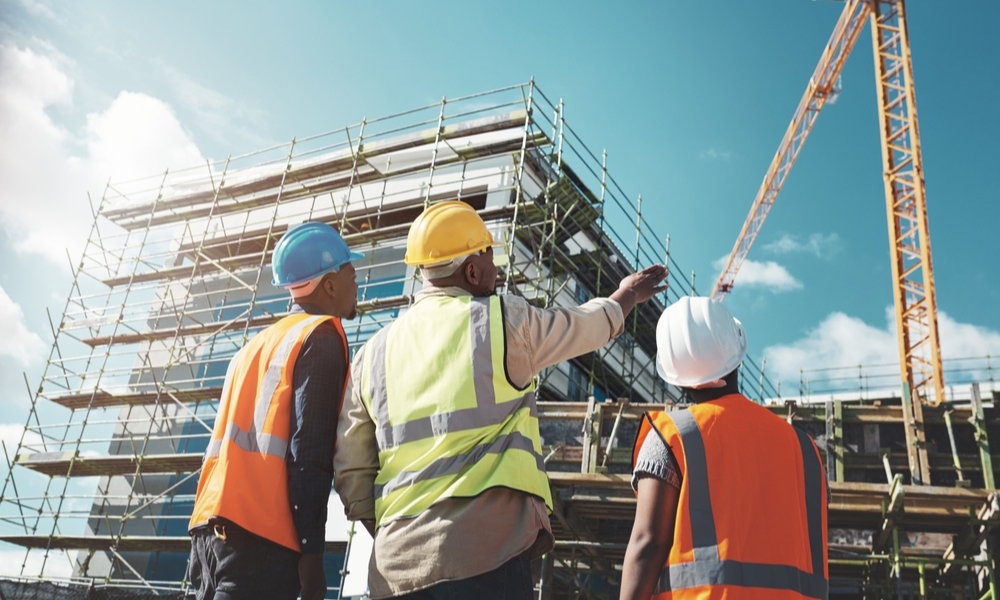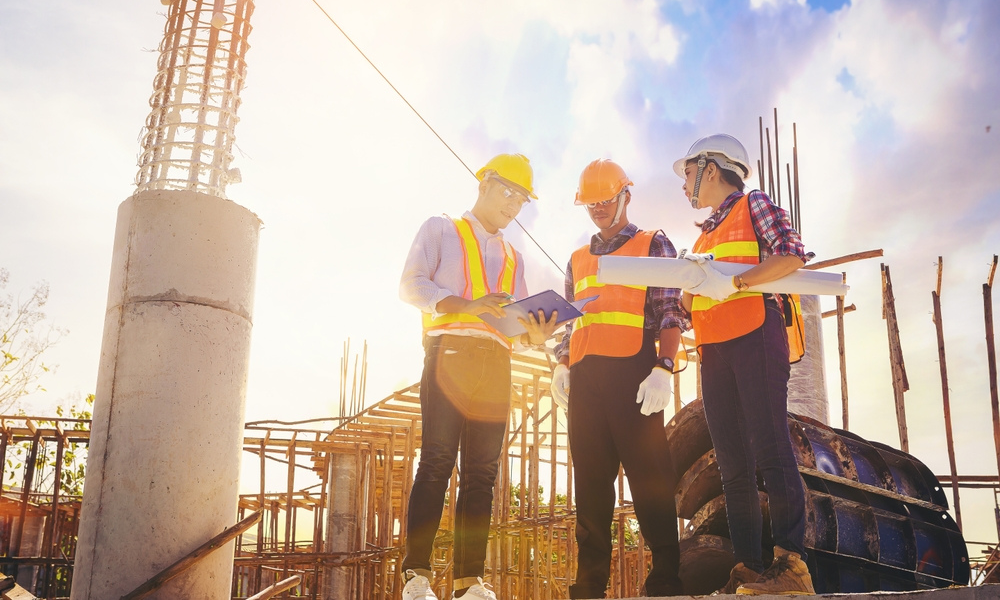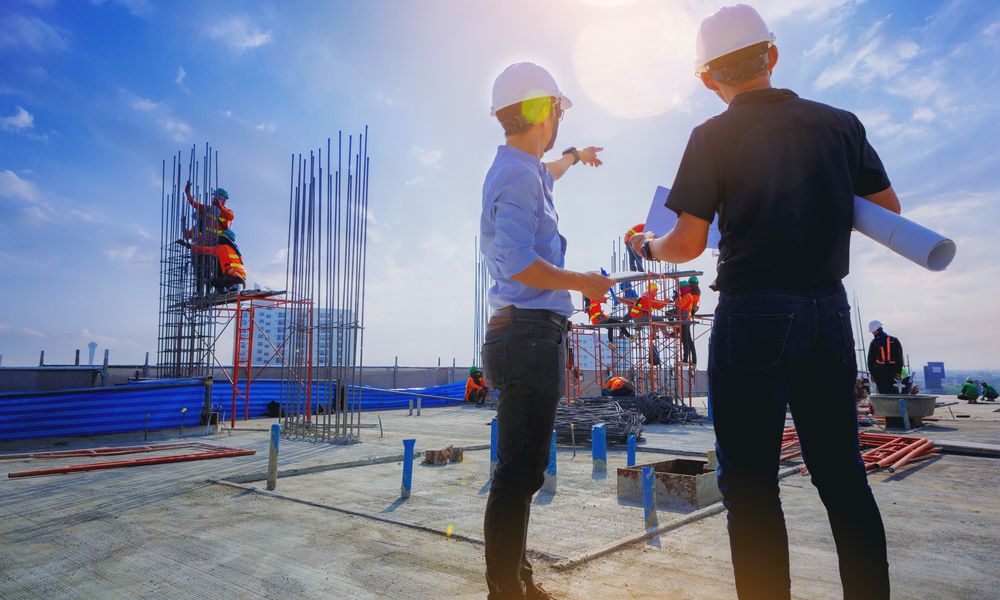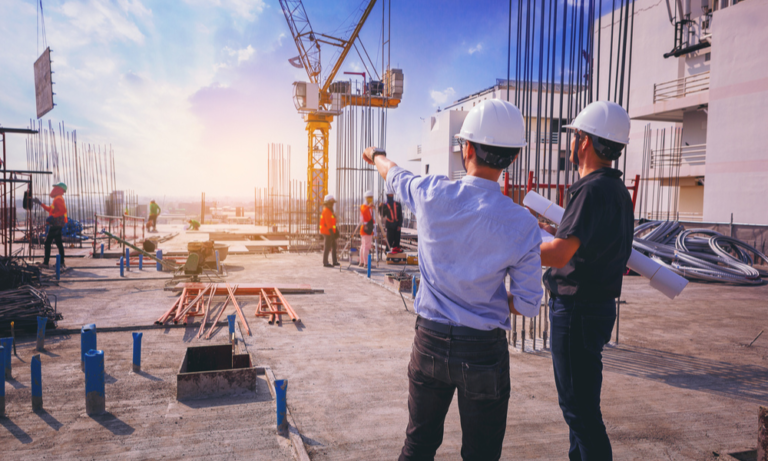Estimated reading time: 5 minutes
Building safety is the backbone of construction, and structural engineering professionals are its unseen heroes. From designing strong foundations to preventing potential failures, their work ensures that buildings remain safe and secure for generations. Through their expertise, they protect both lives and investments while supporting architectural visions.
In this post, I’ll explain the vital role these professionals play, how they enhance building safety, and why their work is essential at every stage of construction.
What You’ll Learn
- How structural professionals ensure a building’s stability and longevity.
- Ways they prevent risks and structural failures.
- Their role in balancing design innovation and safety.
- How they contribute to disaster resilience.
- Why maintaining and rehabilitating structures is crucial.
1. Ensuring Stability and Longevity
One of the primary responsibilities of structural engineers is to ensure that a building can handle the forces it faces throughout its lifespan. This includes everyday stresses like weight and weather, as well as extreme conditions like earthquakes or storms.
How They Do It:
Load Analysis: Professionals calculate how much weight walls, beams, and foundations must support.
Material Selection: Choosing appropriate materials based on the location, purpose, and environmental factors.
Advanced Simulations: Using software to model how a structure will respond to different scenarios.
Example: Skyscrapers rely on these calculations to sway gently in high winds without compromising their structural integrity—a testament to precision engineering.
2. Preventing Risks and Failures

Failures in a building’s structure are rare but can lead to catastrophic consequences when they occur. Engineers work proactively to identify and mitigate risks before they become dangerous.
Key Strategies:
Thorough Evaluations: Reviewing blueprints and designs to identify weak points.
Quality Assurance: Ensuring construction materials and techniques meet safety standards.
Regular Inspections: Monitoring ongoing projects to confirm everything is built as planned.
Why It Matters: Imagine a critical beam that isn’t properly secured. Without careful oversight, such an oversight could result in costly repairs—or worse.
3. Balancing Design Innovation with Safety
Modern architecture often pushes the boundaries of creativity, resulting in unique and complex designs. Structural experts work behind the scenes to turn these ideas into practical, safe structures.
How They Contribute:
Collaboration with Architects: Transforming ambitious concepts into stable frameworks.
Incorporating New Technologies: Using advanced tools to solve design challenges.
Sustainability Integration: Introducing eco-friendly materials and practices to reduce environmental impact.
Lighthearted Note: Some might say engineers are architects’ reality checks, but I’d argue we’re more like their safety nets—ensuring bold ideas stand tall, literally and figuratively.
4. Designing for Disaster Resilience

Nature’s unpredictability is one of the biggest challenges in construction. Structural experts play a crucial role in designing buildings that can withstand natural disasters, reducing the risk to life and property.
Disaster-Resistant Features:
Earthquake Engineering: Flexible joints and reinforced materials to absorb seismic shocks.
Hurricane-Resistant Designs: Roofs and walls designed to handle extreme wind loads.
Flood Mitigation: Elevated foundations or drainage systems to combat water damage.
Real-World Application: In earthquake-prone regions, buildings often feature base isolators—devices that allow structures to move independently of the ground. This innovative approach reduces damage and saves lives.
5. Maintaining and Rehabilitating Existing Structures
The work of structural engineers isn’t limited to new construction. They’re equally vital for assessing and maintaining older buildings, ensuring their safety and extending their lifespan.
Key Responsibilities:
Assessing Wear and Tear: Identifying damage caused by aging, weather, or usage changes.
Planning Repairs: Developing strategies to fix or reinforce compromised areas.
Ongoing Monitoring: Establishing maintenance plans to catch issues early.
Why It’s Important: A crack in a foundation might seem minor today but could lead to major instability over time. Addressing these issues proactively avoids costly repairs down the road.
6. When to Involve Structural Experts
You might not need a structural assessment for every project, but certain scenarios make their expertise indispensable.
Key Scenarios:
New Construction: Ensuring that designs meet safety standards from the start.
Major Renovations: Especially when modifying load-bearing walls or adding levels.
Post-Disaster Evaluations: Assessing and repairing damage after an earthquake, hurricane, or flood.
Tip: If you’re ever in doubt about a building’s stability, calling in a professional is always a wise decision.
7. Benefits of Their Expertise for Building Owners
Involving structural engineers goes beyond safety; it’s an investment in your property’s value and longevity.
What You Gain:
Peace of Mind: Knowing your structure is safe and stable.
Cost Savings: Identifying and fixing small issues before they escalate.
Enhanced Property Value: A structurally sound building is more attractive to buyers and investors.
Practical Insight: Think of it as preventative care for your property. Just like regular check-ups keep us healthy, structural assessments keep buildings strong and secure.
8. Why Building Safety Requires a Team Effort
Structural engineers don’t work in isolation. They collaborate with architects, contractors, and project managers to bring designs to life while prioritizing safety.
How Collaboration Works:
Architects: Ensure the design is both aesthetic and practical.
Contractors: Translate blueprints into reality with precision and accuracy.
Inspectors: Verify that all components meet regulations and standards.
Why This Matters: A well-coordinated team ensures no detail is overlooked, resulting in a building that is both beautiful and safe.
Final Thoughts
Structural engineers are the backbone of building safety, ensuring that every structure stands strong against the test of time and nature. Their work goes beyond calculations and inspections—they protect lives, investments, and the creative visions of architects.
If you’re planning a new project, tackling a major renovation, or simply want peace of mind about your property, reaching out to a structural expert is one of the smartest moves you can make. After all, a safe building isn’t just a structure—it’s a foundation for a better future.



